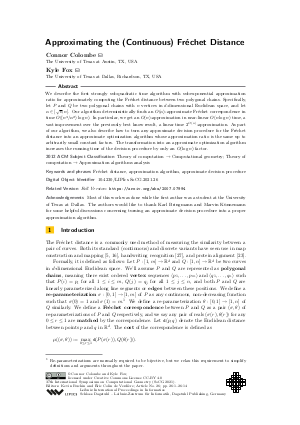LIPIcs.SoCG.2021.26.pdf
- Filesize: 0.79 MB
- 14 pages

 Creative Commons Attribution 4.0 International license
Creative Commons Attribution 4.0 International license




























Feedback for Dagstuhl Publishing